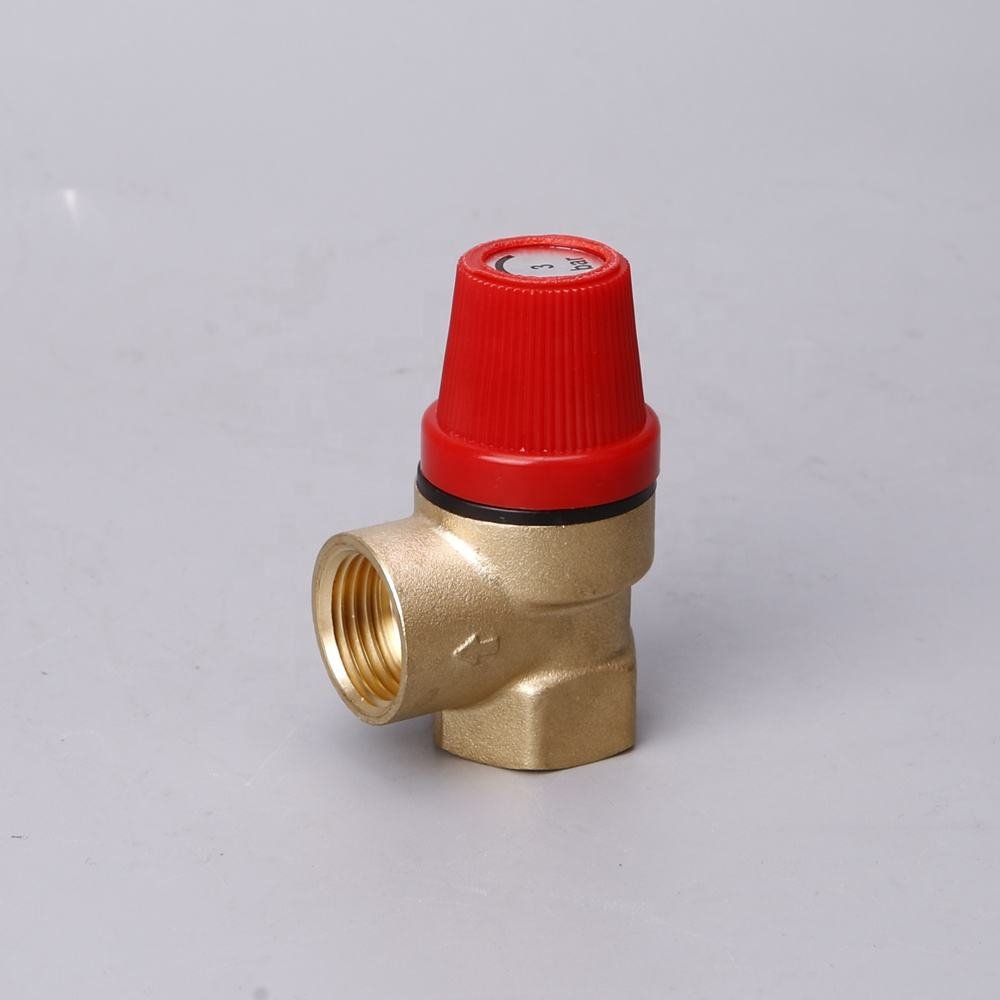Imagine your plumbing system failing due to a faulty hydraulic pressure relief valve—leaks, bursts, or even costly downtime could cripple your operations. These failures can lead to safety hazards and massive repair bills. But there’s a way to avoid this: understanding how pressure relief valves are tested ensures you choose reliable, high-quality valves. Read on to learn how IVALVECRAFT ensures top-notch valve performance.
Pressure relief valves are tested using standardized methods like ASME Section VIII and NFPA guidelines. Tests include set pressure verification, seat tightness, and flow capacity checks. These ensure the valve opens at the correct pressure, seals properly, and handles required flow rates, preventing system failures and ensuring safety.
This article dives deeper into the testing process, standards, and why it matters for your business. Stay with us to discover how to pick valves that won’t let you down.

What Is ASME Section VIII for PSV?
ASME Section VIII is a key standard for pressure safety valves (PSVs), including hydraulic pressure relief valves. It’s part of the American Society of Mechanical Engineers’ Boiler and Pressure Vessel Code, widely used globally, including in countries like Russia and Germany where IVALVECRAFT exports. This standard outlines how to design, manufacture, and test PSVs to ensure they protect systems from overpressure.
The testing process under ASME Section VIII involves checking the valve’s set pressure—the point where it opens to release excess pressure. Testers use calibrated equipment to simulate overpressure conditions, ensuring the valve activates precisely. They also verify seat tightness to prevent leaks, which could indicate symptoms of a bad hydraulic pressure relief valve, like dripping or pressure instability. Flow capacity tests confirm the valve can handle the system’s maximum flow rate, critical for safety in high-pressure applications like heating systems or industrial plumbing.
IVALVECRAFT follows ASME Section VIII rigorously, ensuring our adjustable hydraulic pressure relief valves meet global standards. This gives our clients—purchasing officers, wholesalers, and construction procurement teams—confidence in our products’ reliability and performance.
What Is a Pressure Relief Valve as Per NFPA?
The National Fire Protection Association (NFPA) defines a pressure relief valve as a device that protects systems by releasing excess pressure, preventing explosions or equipment damage. NFPA standards, like NFPA 20 for fire pump systems, emphasize the role of hydraulic pressure relief valves in maintaining safe operating conditions in plumbing and heating systems.
NFPA guidelines require valves to be tested for proper operation. This includes verifying the pressure relief valve setting standards, ensuring the valve opens at the designated pressure and closes once pressure normalizes. Testers check the hydraulic pressure relief valve working principle by simulating real-world conditions, observing how the valve responds to pressure spikes. A hydraulic pressure relief valve diagram often helps technicians understand the valve’s internal components, like the spring and disc, which control pressure release.
For our clients in Poland, Romania, and the UK, IVALVECRAFT’s valves comply with NFPA standards, offering peace of mind. Whether you’re a DIY chain supermarket or a plumbing wholesaler, our valves ensure safety and durability, reducing the risk of system failures.
What Is the Code for Relief Valve?
Several codes govern hydraulic pressure relief valves, ensuring they perform reliably in critical applications. Besides ASME Section VIII and NFPA, other standards like API 520 and ISO 4126 are used globally. These codes specify how to test and set valves, covering everything from how to adjust pressure relief valve hydraulic systems to installation requirements.
Testing under these codes involves multiple steps. First, the valve’s set pressure is checked using a test bench that mimics system conditions. Technicians adjust the valve if needed, following precise pressure relief valve setting standards. Seat leakage tests ensure no fluid escapes when the valve is closed, addressing symptoms of a bad hydraulic pressure relief valve like constant leaks. Flow tests confirm the valve can manage the required volume, crucial for systems with high flow rates.
IVALVECRAFT’s valves, exported to the Czech Republic and beyond, meet these codes, ensuring compatibility with diverse systems. Our adjustable hydraulic pressure relief valves are designed for easy maintenance, helping wholesalers and construction projects avoid costly downtime.
Why Testing Matters for Your Business
Proper testing of hydraulic pressure relief valves isn’t just about meeting codes—it’s about protecting your operations. A valve that fails to open at the right pressure can cause system damage, while one that leaks wastes resources. Testing ensures valves perform under real-world conditions, giving you confidence in your plumbing or heating systems.
IVALVECRAFT’s testing process, aligned with ASME, NFPA, and other standards, guarantees high-quality valves. We use advanced equipment to verify set pressure, seat tightness, and flow capacity, ensuring our valves meet the needs of wholesalers, procurement officers, and DIY chains across Europe. Our hydraulic pressure relief valve diagrams and clear documentation make installation and maintenance straightforward, saving you time and money.
Summary: Choose Quality, Choose Safety
Understanding how hydraulic pressure relief valves are tested—through standards like ASME Section VIII, NFPA, and other codes—helps you make informed decisions. Proper testing ensures valves open at the right pressure, seal tightly, and handle required flow rates, preventing costly system failures. IVALVECRAFT’s commitment to rigorous testing means our valves deliver safety and reliability for your business, whether you’re in Russia, Germany, or the UK.
Choose IVALVECRAFT, choose reliable partner, enjoy the high quality and best service.


